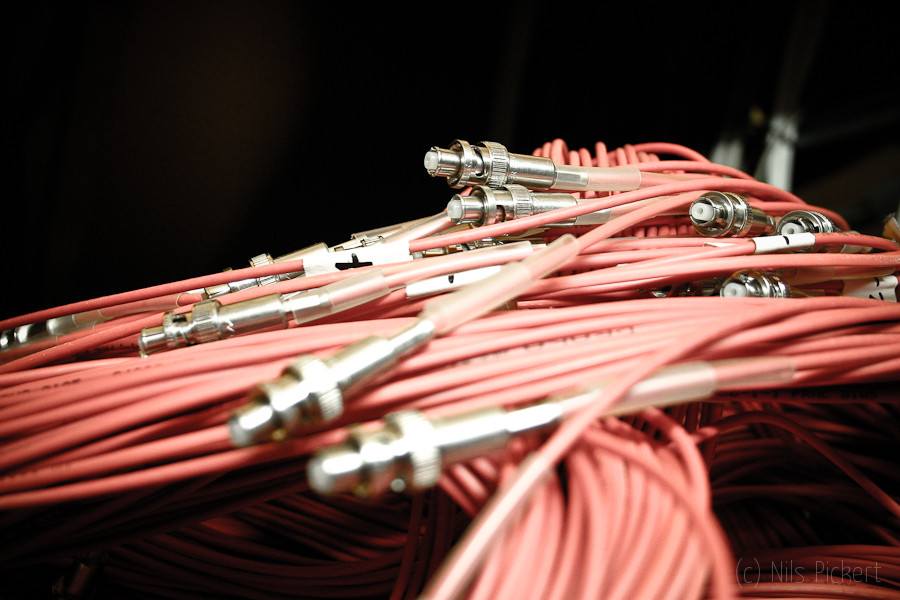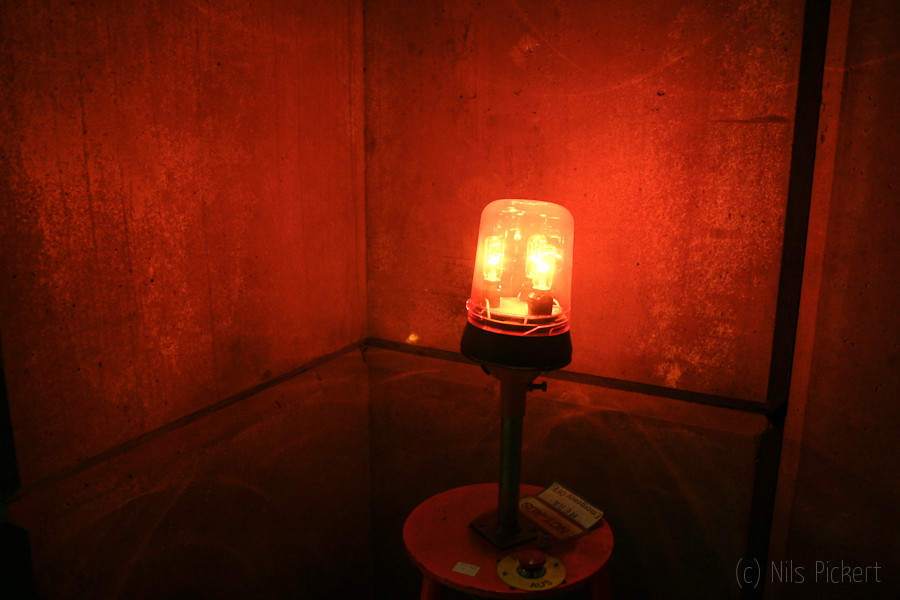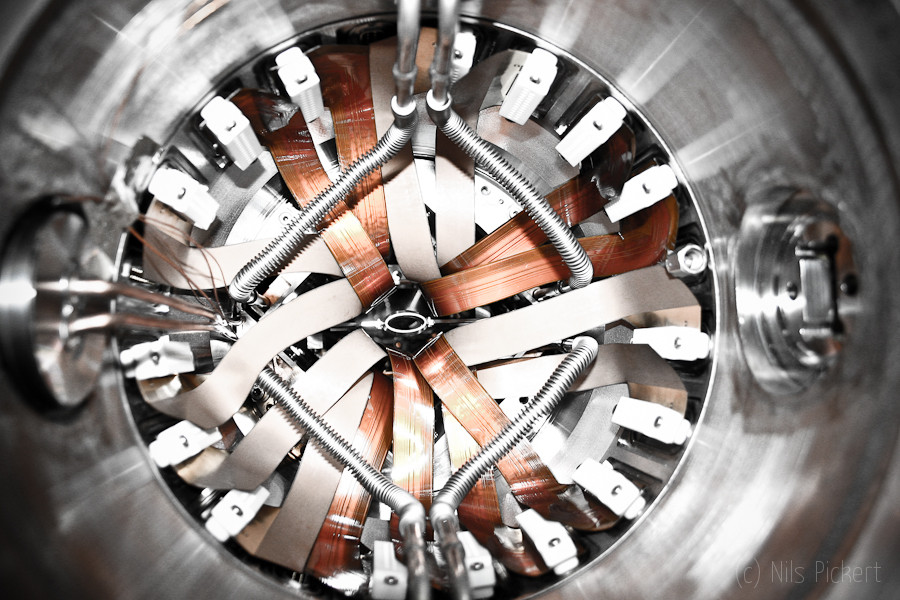Before my current life, I was working at a particle accelerator in Hamburg (DESY), commissioning a silicon detector which was intended to help finding the inner workings of the nucleon
A nucleon is the general term for neutrons and protons, which are relatively similar to each other. Neutron and proton consist of smaller particles. And that’s where the fun part starts…
If you look at the nucleon not so closely, it consists of 3 so called quarks. Of these three quarks, two have the same charge of 2/3, and one has the charge of – 1/3 for the proton; in case of the neutron two have the charge of – 1/3, one of 2/3. So this all sums up nicely, but what keeps them together? Enter the gluons…
Gluons are called gluons because they act as a glue between the quarks. By exchanging gluons, the quarks are kept together. So now we are at three quarks and a number of gluons inside the nucleon. Quantum mechanics now allows those gluons to decay in a quark/antiquark pair for a short time and then recombine to another gluon. So if we look closely at the nucleon, now we have three constituent quarks, a large number of gluons and a large number of sea quark/antiquark pairs. Still following me?
How do we know that? That’s where the particle accelerator comes in. What it does is it accelerates electrons to very close to the speed of light. The basic operating principle is like your old TV Tube: a wire is heated up and a current is passed through it, the wire then emits electrons. These are then accelerated in an electric field and voila, you have fast electrons… (OK, it’s a bit more complicated than this, but the concept is the same). These electrons are circling around in the particle accelerator. Now you can have protons (generated by stripping off electrons of a hydrogen molecule) circling also in this accelerator (in the opposite direction of the electrons). At some points you let them collide. Or — as in the experiment I worked on — you don’t accelerate the protons but have a target filled with hydrogen or deuterium in the electron beam. When an electron hits the proton, it interacts with one of the quarks and it is deflected from it’s path. Also new particles can be generated. By looking at how much the electron is deflected and what kind of new particles are generated, you can tell what the electron hit inside the proton.
What we were interested in was the spin of the proton. Spin is some quantum mechanical property of particles, which is related to symmetry and to rotational impulse. Usually it is explained with spinning tops and rotations, but I think this does not help to understand it. It’s a quantum thing, it has the mathematical properties of a rotational impulse and it can get very weird. The question we had, was where does the spin of the proton come from? If you look at just the 3 main quarks, they only sum up to a third of the total spin. Gluons also have only a low contribution, so it must come mostly from the sea quarks and from the movement of everything inside the proton.
And to make things more complicated, with the experiments done so far, you could only get a 2D picture of what was going on — you could only look at a cross section of the nucleon. To have the full picture, we needed to measure particles going out at angles, where our main detector could not see. So the recoil detector was constructed, a smallish detector allowing the experiment to see particles at larger angles from the beam. I was working on the silicon part, there were some other layers of detectors as well.
Most of the work was cabling stuff up and getting software to talk to the hardware. The technical demands were quite high, we had to read out a silicon detector sitting in directly in the accelerator beam pipe, which is a bit like putting your digital camera inside the microwave. We had to read out everything triggered to fractions of a second. We had to filter stuff so that our data acquisition did not get drowned in unnecessary data. And we had to find out how to deal with electrical noise in the system. We managed to solve most problems and in the end our detector was doing what it should…





